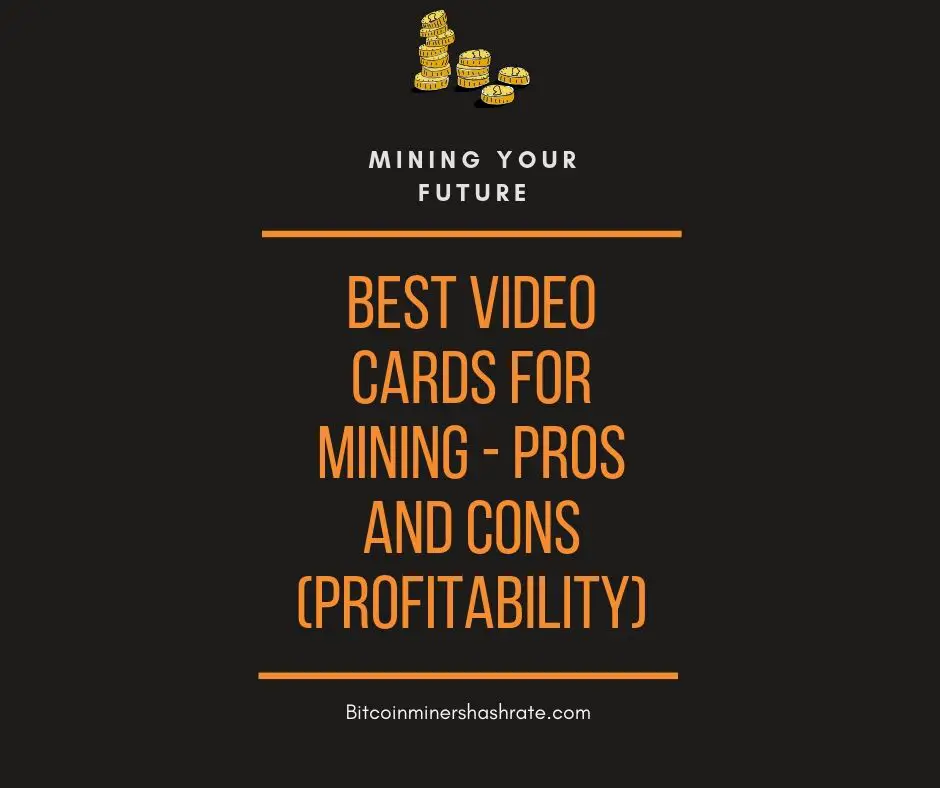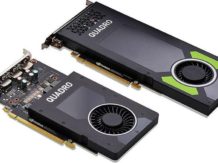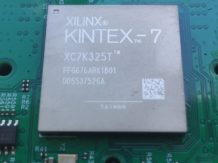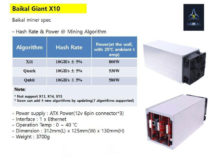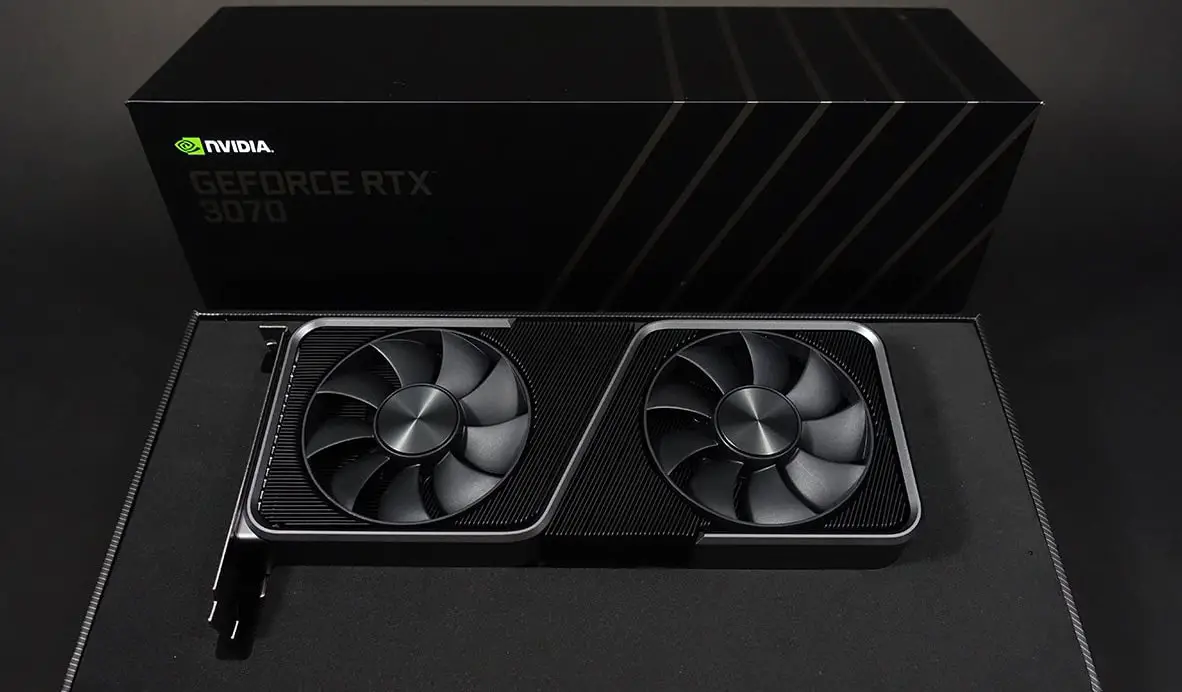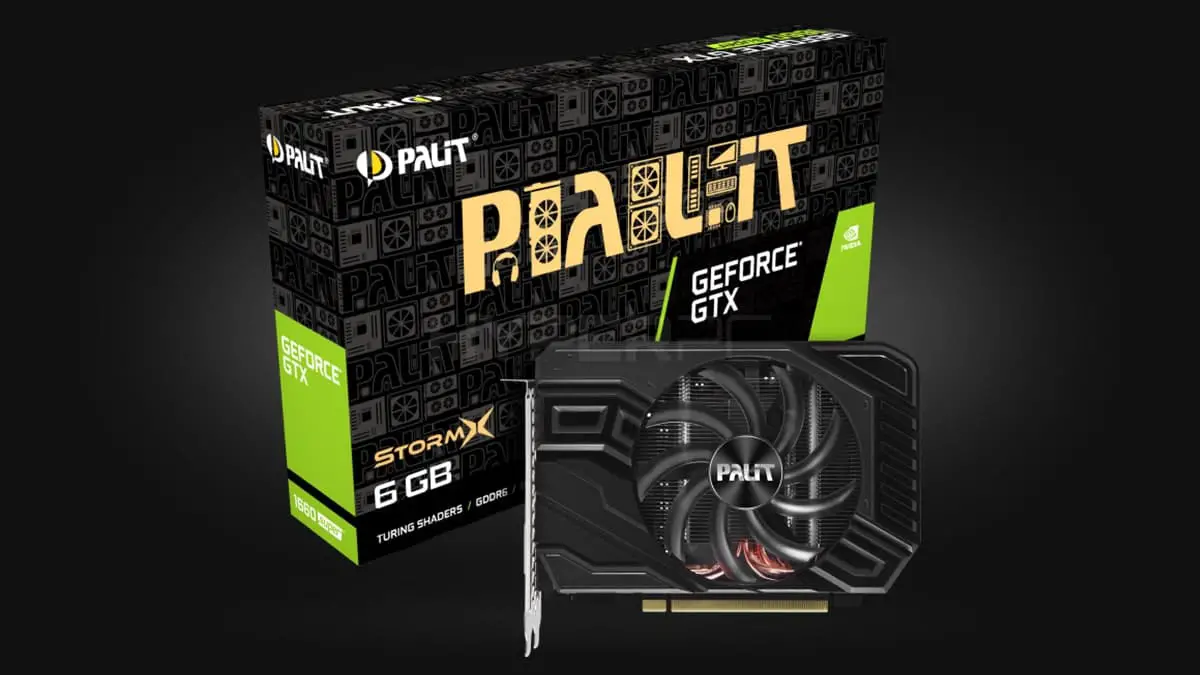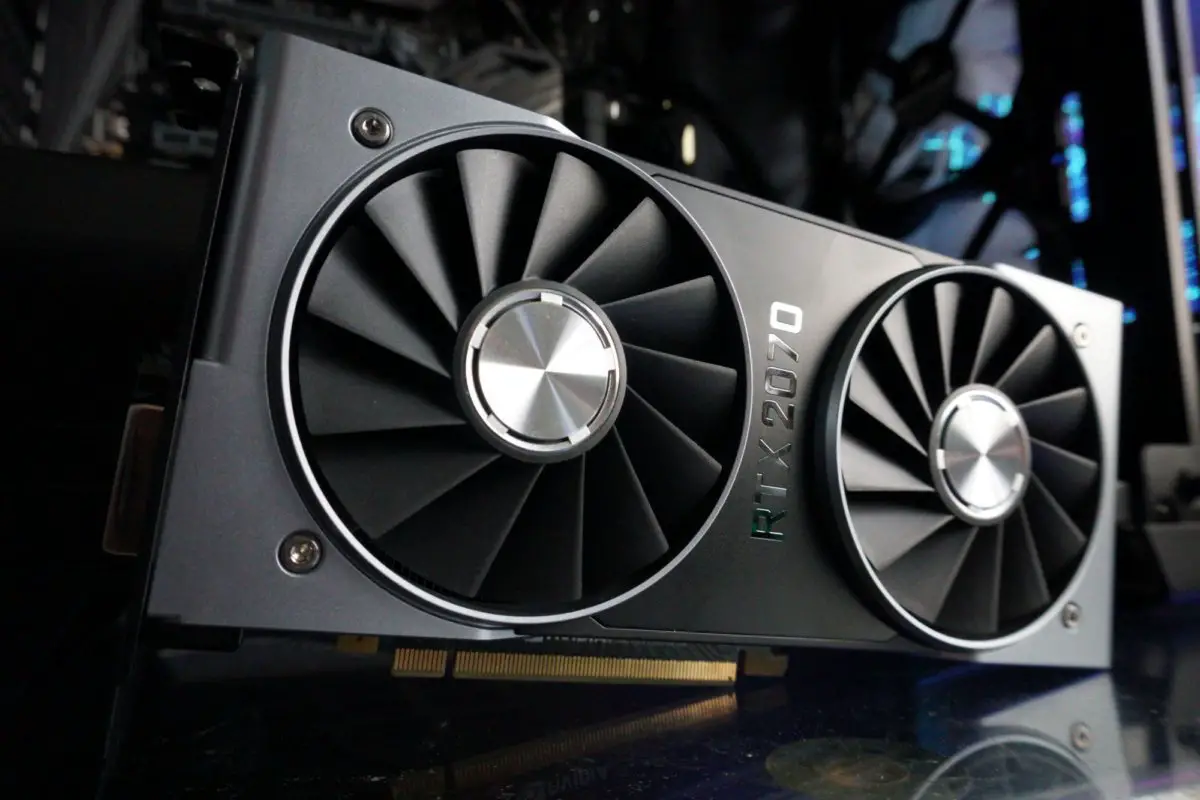Are you looking for the best graphics cards for mining in 2019? With the popularity of cryptocurrencies, many are looking for ways to capitalize on it and invest in short-term or long-term Many Requests in
Mining is a way to earn cryptocurrency by supporting the network and promoting the concept of decentralization. To start mining cryptocurrency, it is important to have the correct information about affordable and relevant equipment. Most of the mining in 2019 is carried out using ASIC modules (for mining Bitcoin) or video cards (for mining Ethereum and other altcoins).
When you choose a video card for mining, you should think about the amount of memory, as well as its needs for energy and cost. It is important to consider the value of video cards because by starting mining expensive cryptocurrencies such as Bitcoin or Ethereum, you will not generate a large number of them.
Therefore, you should try to reduce the initial costs as much as possible in order to maximize profits and begin to pay back the initial investment as soon as possible. We will help you find out which video cards are best for mining 2019.
Top mining graphics cards in 2019
We bring to your attention the top 10 graphics cards for mining in 2019. First, we will show you a video card for mining a table, and then write a brief description of each model with its advantages and disadvantages.
| Video card | Memory | Memory frequency | Hash rate | average price |
| AMD Radeon RX580 | 8GB GDDR5 | 8Gbps | 29 MH / s | 24 575 ₽ |
| AMD Radeon RX570 | 8GB GDDR5 | 7Gbps | 29 MH / s | 12 260 ₽ |
| AMD Radeon RX Vega 56 | 8GB HBM2 | 800 MHz | 37 MH / s | 25 820 ₽ |
| Nvidia GTX 1080 Ti | 11GB GDDR5X | 11GHz | 32-50 MH / s | 74 900 ₽ |
| Nvidia GTX 1070 Ti | 8GB GDDR5 | 8GHz | 30.5 MH / s | 28 467 ₽ |
| Nvidia GeForce GTX 1060 6GB | 6GB GDDR5 | 8Gbps | 23 MH / s | 18 960 ₽ |
| AMD Radeon RX Vega 64 | 8GB HBM2 | 945MHz | 40 MH / s | 29 930 ₽ |
| AMD Radeon RX480 | 8GB GDDR5 | 8Gbps | 27 MH / s | 19 490 ₽ |
| Nvidia GTX 1080 | 8GB GDDR5X | 10GHz | 21-40 MH / s | 37 200 ₽ |
| AMD Radeon R9 295X2 | 8GB GDDR5 (4GB x2) | 5Gbps | 57 MH / s | 32 278 ₽ |
AMD Radeon RX580
Core Frequency: 1257 MHz | Memory: 8 GB GDDR5 | Memory Frequency: 2000 MHz | Power Connectors: 1x 8 Pin | Power Consumption: 85 W | Hashrate: 27.5 MH / s | Outputs: 1x HDMI DisplayPort 3x
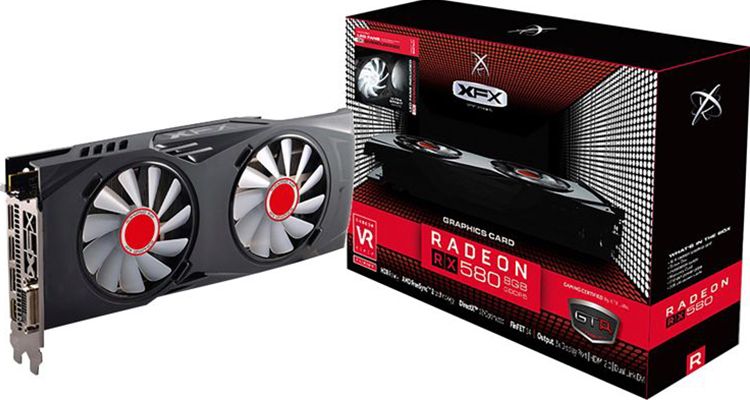
The AMD Radeon RX580 is the best graphics card for mining in 2019. Its popularity is fully justified because it offers excellent hashing speed while maintaining low power consumption. It costs less than the GTX 1070, and its performance will make you pleasantly surprised.
Short summary:
- Nice price;
- Very good cooling;
- It is often difficult to buy because of its popularity.
Pros:
- Already overclocked;
- Fans turn off in standby mode;
- Excellent mining performance;
- HDMI 2.0b;
- DisplayPort 1.4.
Cons:
- Not available in major markets: USA, EU, China, Hong Kong;
- It makes a lot of noise during games;
- There is no backplate;
- The memory is not overclocked;
- TDP limit is too low.
AMD Radeon RX570
Core Frequency: 1168 MHz | Memory: 8 GB GDDR5 | Memory Frequency: 7 Gbps | Power Connectors: 1x 8-pin, 1x 6-pin | Power Consumption: 120 W | Outputs: 1x DisplayPort 1.4, 1x HDMI 2.0 | Hashrate: 29 MH / s
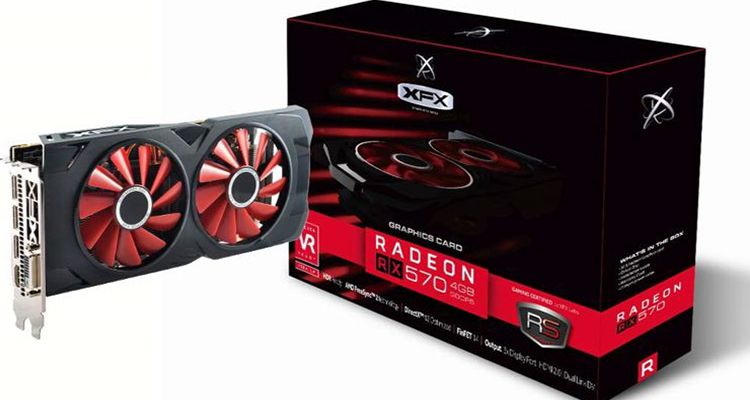
The Radeon RX 570 offers almost the same performance per watt and better performance per dollar than the RX 580, making it one of the most attractive options available (although it doesn’t work as well for games as a higher-end model). Originally released for $ 170, about $ 60 less than the Radeon RX 580, it offers about 90% Ethereum hash speed compared to the RX 580. In fact, the optimized Radeon RX 570 is even faster than the Radeon 580 (also with less power consumption) ) Despite the fact that now it is sold with a huge margin compared to the original MSRP from AMD, the Radeon RX 570 is still one of the best options for cryptocurrency miners.
Short summary:
- Less expensive than Radeon RX 580;
- 4 GB GDDR5 is still suitable for mining;
- Requires significant optimization;
- Prices are significantly higher than MSRP.
Pros:
- Superior gaming performance 1080p;
- Competitive price;
- Compact design;
- Premium build quality.
Cons:
- Lags behind Nvidia GPUs in energy efficiency;
- The same architecture as the previous generation;
- Dual-DVI on the Asus model feels outdated;
- Minimal improvement over the RX 470.
AMD Radeon RX Vega 56
Core Frequency: 1156 MHz | Memory: 8 GB HBM2 | Memory Frequency: 800 MHz | Power Connectors: 2x 8-pin | Power Consumption: 210 W | Outputs: 3x DisplayPort 1.4, 1x HDMI 2.0 | Hashrate: 37 MH / s
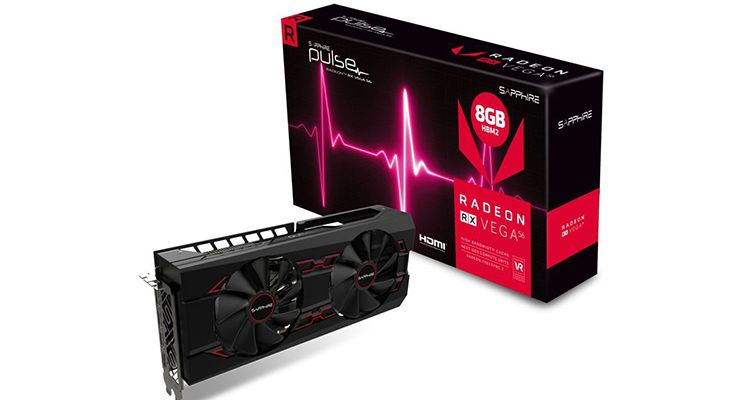
AMD Radeon RX Vega 56 is one of the most powerful graphics cards on the market at the moment. Tests show that it works faster than the Nvidia GTX 1070 and is cheaper to start with. However, this mining video card can be difficult to get at a good price, and its power consumption means that it can become an expensive graphics processor, forced to work 24 hours a day, 7 days a week. But nevertheless, this vidyuha works very well when mining Ethereum, so if you can find it, the AMD Radeon RX Vega 56 certainly deserves your attention.
Short summary:
- Very good mining performance;
- High energy consumption;
- High temperatures.
Pros:
- Compatible with FreeSync monitors;
- Attractive price;
- Faster than a GTX 1070;
- 8 GB of HBM 2 memory should benefit in the long run.
Cons:
- High energy consumption;
- Heats up very much;
- Loud
- Vega seems to be less effective than Nvidia Pascal.
Nvidia GTX 1080 Ti
Core Frequency: 1480 MHz | Memory: 11 GB GDDR5X | Memory Frequency: 11 GHz | Power Connectors: 1x 6-pin 1x 8 pin | Power Consumption: 250 W | Outputs: 3x DisplayPort 1.4, 1x HDMI 2.0 | Hashrate: 32-50 MH / s
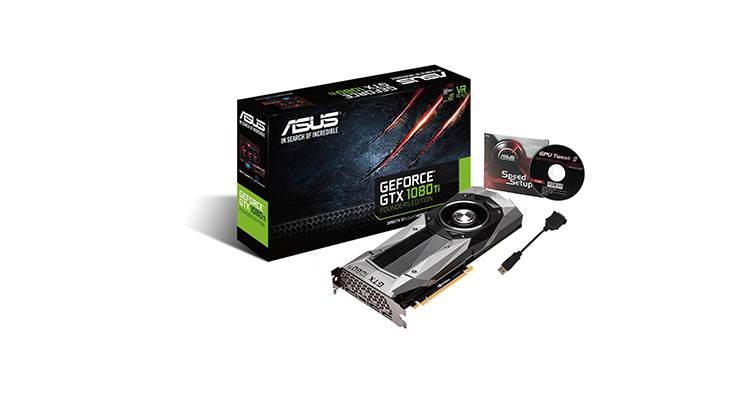
Until Volta or Turing completely replace it, the Nvidia GTX 1080 Ti will remain one of the most powerful graphics cards available in 2019. However, no matter how good this GPU is for gaming, it is also a great mining device. However, like any, even the best graphics card for mining, the Nvidia GTX 1080 Ti has some problems that prevent it from rising to the top of our rating. The main drawback is that it is an extremely expensive graphics processor that consumes more power than its competitors. This means that you will get a lower return on your investment, and it will take you a little longer to cover your expenses. However, if you do not mind spending extra money on this video card, you can achieve the highest hashrate.
Short summary:
- Incredibly powerful;
- Excellent hash rates
- Expensive.
Pros:
- It accelerates greatly;
- The best option for PC gamers;
- VRAM 11 GB;
- There is a backplate;
- Not hotter than the GTX 1080, despite a significant increase in performance;
- DisplayPort-DVI adapter included;
- Improved cooling.
Cons:
- Not as quiet as some competitors;
- Basic cooling is not as effective as conventional coolers;
- An expensive investment for most;
- It still decently heats up.
Nvidia GTX 1070 Ti
Core Frequency: 1.607 MHz | Memory: 8 GB GDDR5 | Memory Frequency: 8 GHz | Power Connectors: 1x 6-pin 1x 8 pin | Power Consumption: 180 W | Outputs: 3x DisplayPort 1.4, 1x HDMI 2.0 | Hashrate: 30.5 MH / s
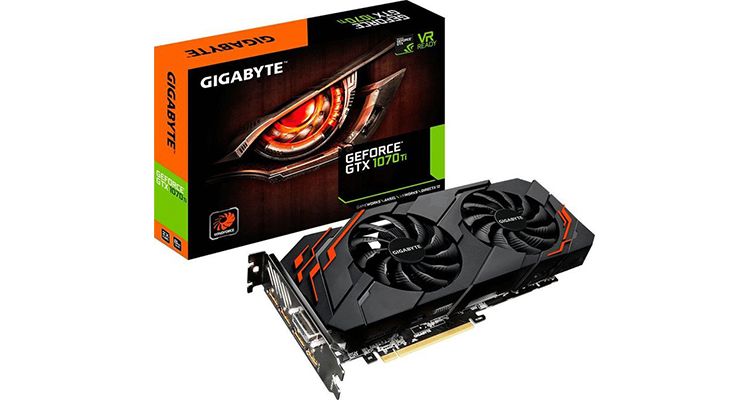
The GTX 1070 has established itself as an excellent graphics card for mining, so it is not surprising that its successor, the GTX 1070 Ti, has become another fantastic video card for mining cryptocurrencies. However, there are several reasons why she does not top our rating of mining graphics cards. For beginner miners, since the GTX 1070 Ti is newer and costs more than 1070, using this model will reduce the profit from mining. She also has a higher energy consumption, which makes her work more expensive. However, if you are ready to change some settings, this is a great GPU for mining.
Short summary:
- Powerful
- Very good hash rates;
- Higher energy consumption than 1070;
- Expensive price.
Pros:
- 25 percent faster than the GTX 1070 at standard speeds;
- Pascal remains an impressively energy-efficient architecture;
- Outperforms the Radeon RX Vega 56;
- There is a backplate;
- HDMI 2.0b and DisplayPort 1.4.
Cons :
- Lower prices on the GTX 1070 would be better for consumers;
- NVIDIA does not release factory overclocked models;
- Old GDDR5 memory;
- The same Pascal architecture as the 10th series cards released in mid-2016.
Nvidia GeForce GTX 1060 6GB
Core Frequency: 1.506 MHz | Memory: 6 GB GDDR5 | Memory Frequency: 8 Gbps | Power Connectors: 1x 6 Pin | Power Consumption: 120 W | Outputs: 3x DisplayPort 1.4, 1x HDMI 2.0, DL-DVI | Hashrate: 23 MH / s
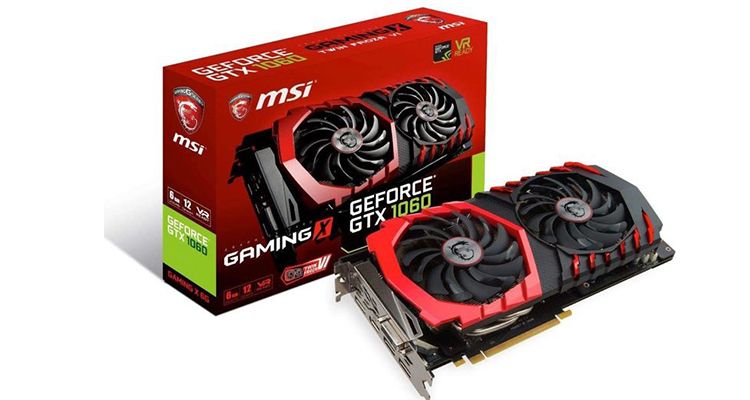
The Nvidia GTX 1060 is a replacement for the AMD Radeon RX 470, which is almost impossible to buy these days because of its limited quantity. Like the card that it replaces, the GTX 1060 is not the most powerful, but it combines very good mining results without being ridiculously expensive. It is also a great graphics card for games if you want to use your mining equipment for other purposes.
Short summary:
- Affordable;
- Good mining performance;
- Limited quantity.
Pros:
- Excellent performance for a mid-range graphics card;
- It easily accelerates;
- Good for FHD or QHD games;
- Three year warranty
- Very quiet;
- There is a backplate.
Cons:
- Pretty expensive for its performance;
- Limited availability;
- Like other GTX 1060s, there is no SLI support;
- The memory is not overclocked.
AMD Radeon RX Vega 64
Core Frequency: 1200 MHz | Memory: 8 GB HBM2 | Memory Frequency: 945 MHz | Power Connectors: 2x 8-pin | Power Consumption: 295 W | Outputs: 3x DisplayPort 1.4, 1x HDMI 2.0 | Hash Rate: 40 MH / s
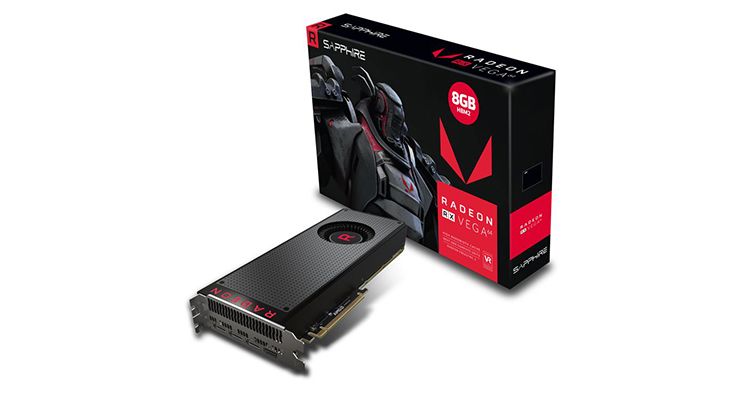
Core Frequency: 1200 MHz | Memory: 8 GB HBM2 | Memory Frequency: 945 MHz | Power Connectors: 2x 8-pin | Power Consumption: 295 W | Outputs: 3x DisplayPort 1.4, 1x HDMI 2.0 | Hash Rate: 40 MH / s
The best performance that mining cards offer is AMD RX 64. This is largely achieved thanks to 8 GB of HBM2 memory on a 2048-bit bus. But this video card is also the most energy-consuming, which greatly reduces its effectiveness. But, if you are looking for the highest possible hashing speed on one computer and have a very powerful power supply to support several such cards, the RX 64 is a real beast.
Short summary:
- Unprecedented performance per watt;
- It responds very well to undervoltage and memory overclocking;
- Too expensive;
- High energy consumption.
Pros:
- Performance is generally similar to the GeForce GTX 1080;
- Excellent 1440p and basic 4K performance;
- Great feature set of software;
- HDMI 2.0, DisplayPort 1.4 HBR3 / MST / HDR, improvements to the graphics engine.
Cons:
- Cooling is not as good as that of Vega Frontier Edition;
- GTX 1080 launched 17 months ago with similar performance;
- The fan does not reduce power when idle;
- High power.
AMD Radeon RX 480
Core Frequency: 1120 MHz | Memory: 8 GB GDDR5 | Memory Frequency: 8 Gbps | Power Connectors: 1x 8-pin, 1x 6-pin | Power Consumption: 150 W | Outputs: 3x DisplayPort 1.4, 1x HDMI 2.0 | Hashrate: 27 MH / s
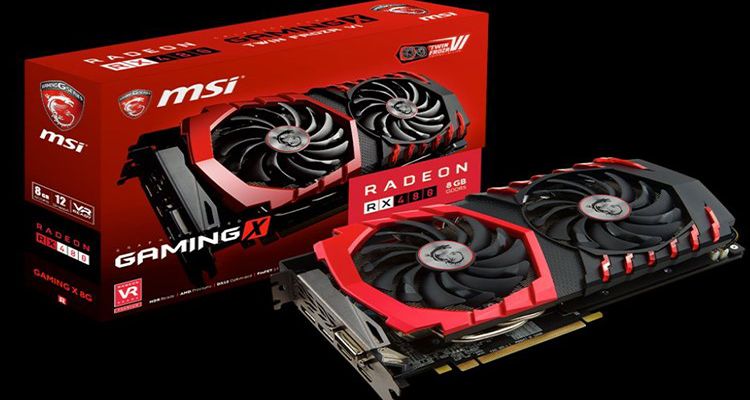
AMD’s Radeon RX 480 is one of the most reliable graphics cards. When the AMD Radeon RX 480 came out, prices ranged from $ 199, and for this amount you get about 24 MH / s of performance for standard configurations, but you can easily get up to 25-27 MH / s if you are ready to modify the BIOS and tune card performance. You can even reduce power consumption (using AMD Wattman) to get performance well below the original TDP of 150 watts. In comparison, the new AMD Radeon RX 580 consumes more power and costs more than the Radeon RX 480, but you get only a little more performance.
Pros:
- Excellent value for money for games with a resolution of 1080p and 1440p;
- Expands its leadership in DirectX 12 tests;
- Performance GTX 980 for less money;
- Silent work;
- Very low price.
Cons:
- It accelerates poorly;
- WattMan is still in beta;
- Build quality is poor;
- Still not as energy efficient as GeForce cards.
Nvidia GTX 1080
Core Frequency: 1.607 MHz | Memory: 8 GB GDDR5X | Memory Frequency: 10 GHz | Power Connectors: 1x 6-pin 1x 8 pin | Power Consumption: 180 W | Outputs: 3x DisplayPort 1.4, 1x HDMI 2.0 | Hashrate: 21-40 MH / s *
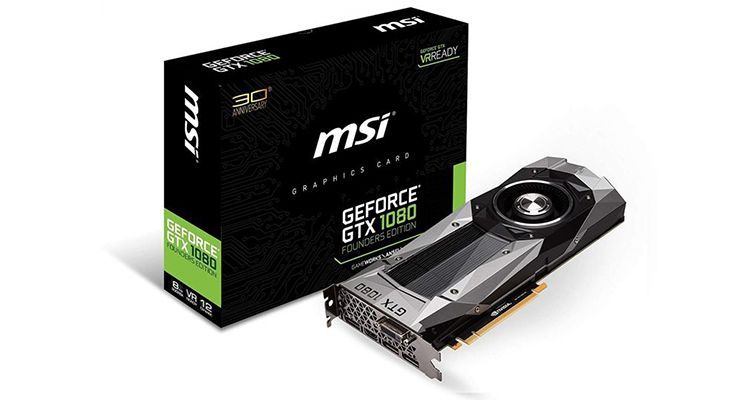
Nvidia’s GTX 1080 and GTX 1080 Ti were originally released strictly to ensure maximum gaming performance. However, as soon as the miners became interested in them, the situation quickly changed. Many now use these cards for mining Ethereum and Zcash. It should be noted that the 1080 series uses GDDRX memory, and although it provides better performance in games (for which these cards are designed), it is not so effective for mining. NVIDIA ensures that low performance is due to the fact that the Ethereum base code matches GDDR5 better than GDDR5X. Therefore, when it comes to Ethereum mining, it is better to choose a GeForce GTX 1070 than a GeForce GTX 1080. At the same time, the GTX 1080 can be used to efficiently mine other alternative currencies.
Explanation *: EthlargementPill is a program that improves the performance of NVIDIA-based GPUs with GDDR5X memory. It improves the hashrate not only in Ethereum, but also in all Ethash-based currencies and currently works only with the GTX 1080, GTX 1080TI and Nvidia TitanXP (all with GDDR5X memory). Users have reported that they receive between 50 and 55 MH / s on the GTX 1080 TI and up to 40 MH / s on the GTX 1080.
Pros:
- Superior performance leap over the GTX 980;
- Huge energy efficiency;
- HDMI 2.0b, DisplayPort 1.4;
- 8 GB of video memory;
- 4K and VR capabilities;
- The best graphics card you can buy right now.
Cons:
- Fans do not turn off in standby mode;
- Expensive;
- Only slightly superior to Radeon in games optimized for AMD.
AMD Radeon R9 295X2
Core Frequency: 1.018 MHz (x2) | Memory: 8 GB GDDR5 (4 GB x2) | Memory Frequency: 5 Gbps | Power Connectors: 3x 8 Pin | Power Consumption: 500 W | Outputs: 4x DisplayPort 1.4, 1x DVI | Hash Rate: 57 MH / s
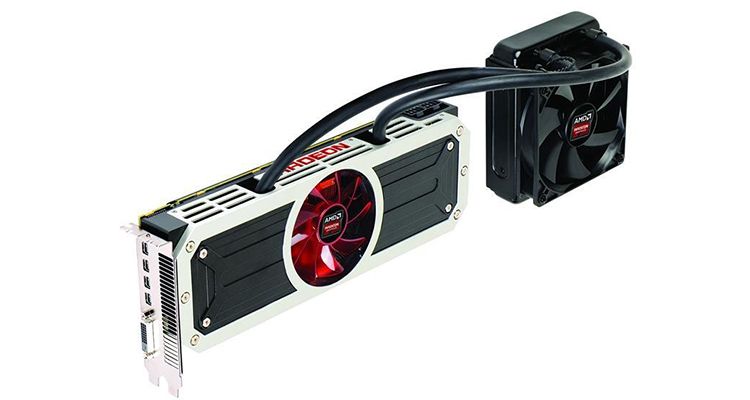
AMD’s Radeon R9 295X2 was released in April 2014, and this card has been around for 5 years. However, even despite its age, this video card with two GPUs may be at the top of the performance table with a hash rate of 57.6 MH / s. On eBay, these cards can be bought for just $ 500, but the TDP of this card is an impressive 500 watts, so combining 7 of them into one system sounds really impressive. Imagine a single system with more than 3,500 watts of power!
Pros:
- Ideal candidate for 4K games;
- Excellent scaling and performance in Eyefinity and 4K;
- Low temperatures due to water cooling;
- There is a backplate.
Cons:
- Expensive;
- A new power supply may be required;
- Very high power consumption;
- A water-cooled radiator takes up a lot of space.
In conclusion, we can say that everyone who wants to do cryptocurrency mining, especially altcoins, will be interested in each of the video cards we described. All these GPU models have relatively low power consumption, but they are powerful enough to mine most cryptocurrencies.




